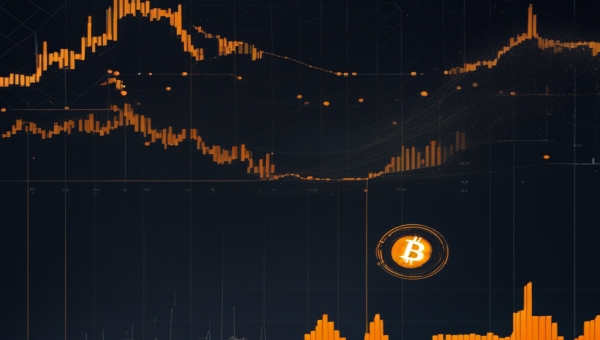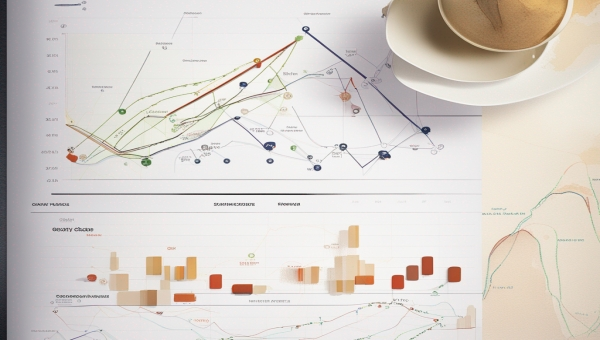Resistance Level
Resistance Level
Understanding Resistance Level in Option Trading with Cryptocurrencies
When delving into the world of option trading with cryptocurrencies, you are likely to come across the term Resistance Level. It is a critical concept to understand for anyone, from beginners to veterans, in the cryptocurrency trading field.
Definition of Resistance Level
The Resistance Level is a price point on the trading chart that a cryptocurrency struggles to exceed. This term originates from the observation that once the price reaches this level, the market starts to 'resist' further price increase due to increased selling activity.
Resistance Level in Cryptocurrency Trading
In the context of cryptocurrency trading, Resistance Level serves as a predictive tool for traders. When the price of a cryptocurrency reaches this level, traders expect the price to drop, reflecting the tendency of the market to sell rather than buy. Traders therefore often use the resistance level as a signal to sell their holdings, predicting a forthcoming price decrease.
Resistance Level and Options Trading
With options trading, the Resistance Level can be particularly useful. When the price of a cryptocurrency reaches the resistance level, an options trader might decide to buy a put option, thus betting that the price will indeed drop. Conversely, the trader might sell a call option, suggesting that the cryptocurrency will not exceed a certain price level.
Identifying the Resistance Level
Identifying the Resistance Level is a skill that traders can develop over time. It involves careful study of historical price charts, paying special attention to previous peaks in the price. These peaks often signify previous resistance levels, which could serve as future reference points for trading decisions.
Conclusion
Understanding the concept of Resistance Level can provide valuable insight into market dynamics. Grasping this concept can improve trading strategies and increase potential profit in the volatile world of option trading with cryptocurrencies.
Blog Posts with the term: Resistance Level

Option trading can enhance returns, but mastering entry and exit strategies is crucial for success. This article covers key indicators like moving averages, RSI, Bollinger Bands, MACD, and volume to help traders make informed decisions on when to enter or...

In this article, the author explores the importance of understanding Bitcoin chart patterns in order to predict future price movements and make informed trading decisions. They discuss common chart patterns such as the Head and Shoulders, Double Top and Double...

Option trading and intraday trading are two distinct methods with their own mechanics, benefits, and risks; option trading involves contracts for future buying or selling rights without obligation, while intraday trading focuses on quick profits from same-day stock trades. Understanding...

This article introduces chart analysis techniques for cryptocurrency trading. It covers the basics of reading candlestick charts, the pros and cons of different analysis techniques, and the importance of recognizing chart patterns and understanding moving averages. The article aims to...

Weekly expiry options, expiring every Friday, offer traders frequent opportunities to capitalize on short-term market movements with lower premiums and flexibility but come with challenges like rapid time decay and increased volatility. Effective strategies for trading these options include the...

Option trading involves buying or selling contracts, known as options, that grant the right to buy (call option) or sell (put option) an underlying asset at a set price before expiration; it requires understanding strike prices, premiums influenced by volatility...

Option trading indicators are essential tools for analyzing market trends and making informed decisions, with different types serving various purposes such as trend identification and volatility measurement. While not foolproof, these indicators help traders predict market movements and refine their...

Analyzing open interest by strike price in BTC options helps traders identify key support and resistance levels, anticipate volatility, and gauge market sentiment for strategic advantage....

Option trading involves contracts that allow buying or selling an asset at a set price before expiration, with strategies for profit relying on predicting the asset's price movement and using leverage wisely. Option buyers use various strategies to maximize gains...

Option trading data analysis is essential for understanding market sentiment and making informed decisions, involving metrics like price, volume, open interest (OI), and implied volatility. These indicators help traders identify entry and exit points in the market by signaling potential...

Open interest in option trading refers to the total number of outstanding contracts that have not been settled, providing insights into market activity and liquidity. By analyzing open interest alongside price movements, traders can gauge market sentiment, confirm trends, identify...

Welcome to the world of crypto options trading! This article provides an introduction to the concept of crypto options trading and discusses various strategies for maximizing profits and managing risks. It also offers tips for choosing a suitable crypto options...

The article provides a beginner's guide to option trading in Hindi, explaining the basics of options as strategic investment tools that offer the right but not obligation to buy or sell assets at predetermined prices. It emphasizes the importance of...

The article explains the essential components and interpretation of crypto options trading charts, covering basics like time frames, price axes, candlesticks, volume bars, as well as advanced elements such as open interest, implied volatility (IV), strike prices, expiration dates, bid/ask...

Understanding option trading fundamentals is key to maximizing returns, involving knowledge of calls and puts, various strategies for different market conditions, and factors affecting profitability. Risk management through techniques like stop-loss orders and diversification is crucial in sustaining long-term option...
